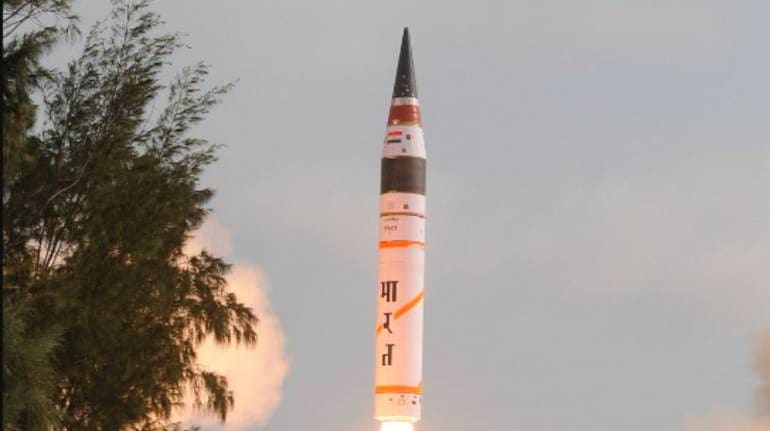- Views: 2K
- Replies: 16

India's recent announcement of the successful test of its Agni-V Intercontinental Ballistic Missile (ICBM), now equipped with Multiple Re-entry Vehicle (MRIV) technology, has captivated the attention of defense analysts worldwide.
The release of the Agni-V MRIV's first official images has fueled intense discussions, with its distinctive conical nose marking a clear departure from previous Agni missiles.
The Agni-V MRIV test showcases a significant shift in India's ballistic missile program, both in terms of design and technological sophistication. The conical nose raises questions about the direction of India's missile development and whether we are witnessing a system more advanced than originally thought.
Of particular interest is the Agni-V MRIV's resemblance to earlier diagrams said to depict the proposed Agni-VI ICBM. Despite the Defense Research and Development Organization’s (DRDO) insistence that the Agni-VI does not exist, this similarity casts a shadow of doubt, hinting at a more complex story behind India's missile capabilities.
The contradiction between the official position on the Agni-VI and its apparent design elements seen in the Agni-V MRIV test suggests a need to re-evaluate our understanding of India's missile arsenal. While the DRDO may deny its existence, the evidence points to potential development happening behind the scenes.
The Agni-V MRIV, with its distinct conical nose, signals a major advancement in India’s ballistic missile technology. Introducing MRIV capability is a strategic leap forward, allowing the missile to better evade enemy defenses and strike targets with increased precision. These technological developments highlight India's focus on strengthening its national security and maintaining a strong deterrent in a complex geopolitical environment.
The implications of a potentially new and more advanced missile system are significant for India's strategic posture. This development could reshape the regional security landscape, necessitating close observation and careful diplomatic maneuvering.
